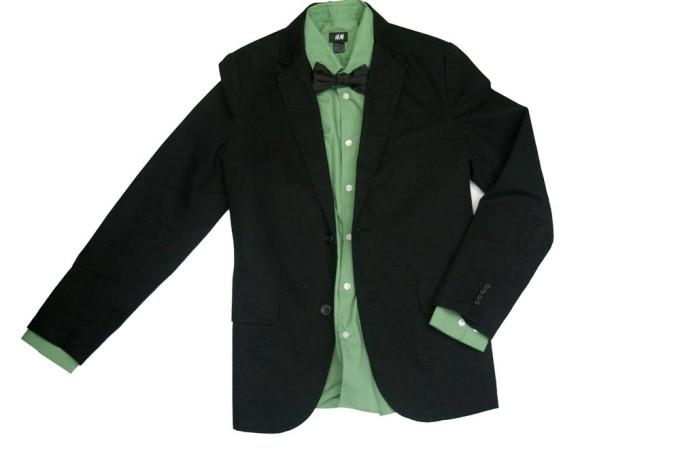Have a fancy party or a make-or-break interview? Nicole Witkowski sits down with Adeodata Czink, president of consulting company Business of Manners, to provide tips on how to fake it until you make it
HOW TO ACT
Posture makes a great first impression. This means, bum and stomach in, and shoulders back. When you walk into a party, exude confidence; pretend you own the place, even if you’ve had a bad day. To avoid bragging, ask your conversation partner questions instead – it shows you’re a good listener.
WHEN TO SHAKE KISS OR HUG
At any professional occasion, shake hands when one is extended to you. Make sure it’s firm and only shake once, while making eye contact. A hug is reserved for people you’re more familiar with and a kiss is saved for even more familiarity. Also, be aware of other people’s cultures (for example, in the Chinese culture it is not common to hug).
WHAT TO WEAR
When you’re invited to a cocktail party, remember, it’s still business. Ladies, if your skirt is tight it will rise ten inches when you sit, even if it’s knee-length. “I shouldn’t be able to see the colour of your underpants,” Czink says. Gentlemen, wear a jacket and tie. For an interview, dress for the company, and like you already have the job. For a Bay Street job, ladies must wear stockings; gentlemen must wear a dark suit and shined shoes. If you’re unsure, always dress a notch up rather than down.
WHAT TO EAT OR DRINK
Drink from a glass with a stem (it prevents cold hands from condensation on the glass) and hold it in your right hand. Be aware you only have two hands, and you may need to shift your glass to your left in order to shake hands. If hors d’oeuvres circulate, first make sure no one is approaching you. If you are alone, take items that are one or two bites. Avoid flaky pastries and saucy snacks for they can do more bad than good.
WHAT TO SAY
Make and maintain eye contact with the person you want to talk to, approach them and say, “I don’t believe we’ve met.” After introductions, keep the conversations non-intrusive. Discuss how you know the host or what brought you there. This is also a great time to exchange business cards. If your conversation fizzles quickly, move on. “You’re not obligated to baby-sit,” Czink says.
AT AN INTERVIEW
If your interview is for a small company, arrive a few minutes early. Arrive much earlier for a larger company so you have time to be sent to the appropriate area. Interviewers often ask their receptionists how they were treated. If you treat them poorly, others will assume you are likely to treat everyone that way. Secondly, know when the interview is over. This is signalled by your interviewer wrapping up the conversation, folding the menu at a restaurant, or packing up their belongings.










Leave a Reply